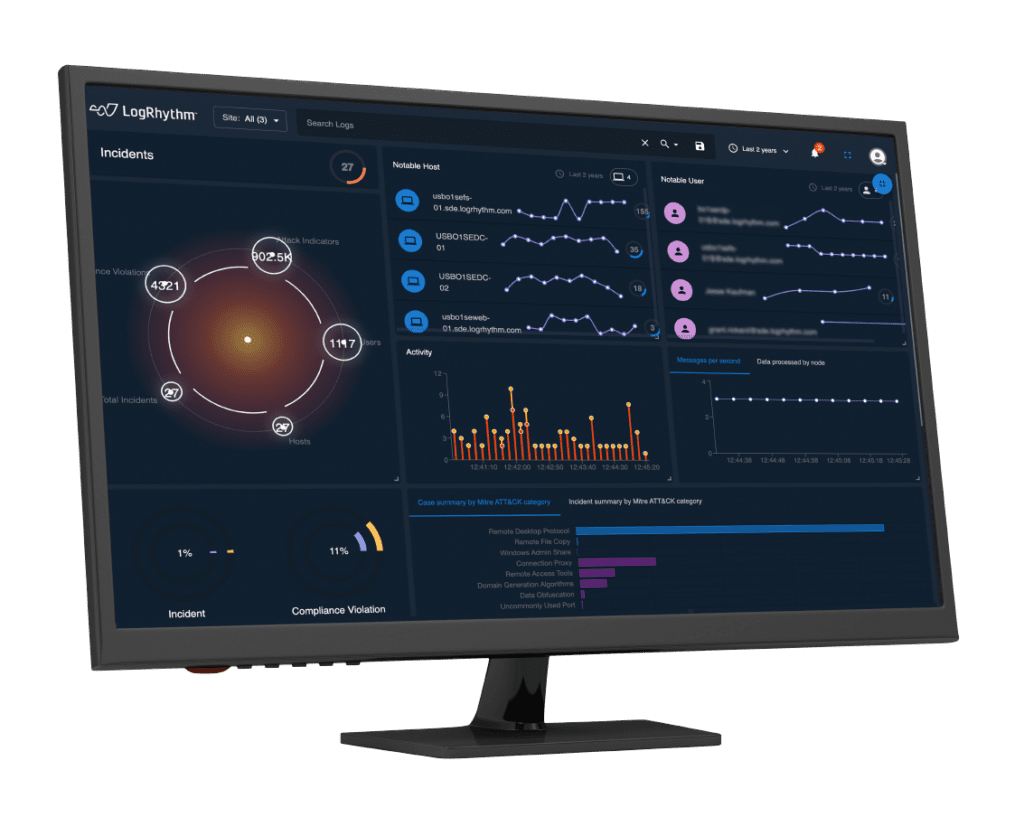The technology industry is inundated with tools meant to help your organization meet its security objectives. That may be why the average shelf life for a SIEM is 18 to 24 months. To be relevant, SIEMs must be effective, encompassing more than using log data to identify suspicious behavior patterns. “Next-gen SIEM” technology is the result of this innovation. But if you’re in need of a next-gen SIEM solution, making your way through the procurement process is a challenge. This is compounded by the fact that many companies market their tools as next-gen solutions when they are anything but that.
To combat today’s threats, you need a next-gen SIEM that leverages the architecture and security capabilities that are best suited to detect both known and unknown threats within your environment. But what makes a SIEM “next-gen”?
In “An Evaluator’s Guide to NextGen SIEM,” SANS explores this very question and provides helpful tools for evaluating a next-generation SIEM. In this white paper, you’ll learn:
- How next-gen SIEM capabilities map to the modern security team’s needs
- The architectural requirements for a solution to support these needs
- The evaluation steps you can take to select the best SIEM for you
- The questions you should ask SIEM vendors to support your evaluation process
Download the white paper and learn how to select a next-gen SIEM that fits your organization’s needs.
Ready to learn more?
Schedule a personalized demo with a security expert to see LogRhythm in action.
Schedule a Live Online Demonstration with an Expert
Let’s find a time that is convenient for your team.
